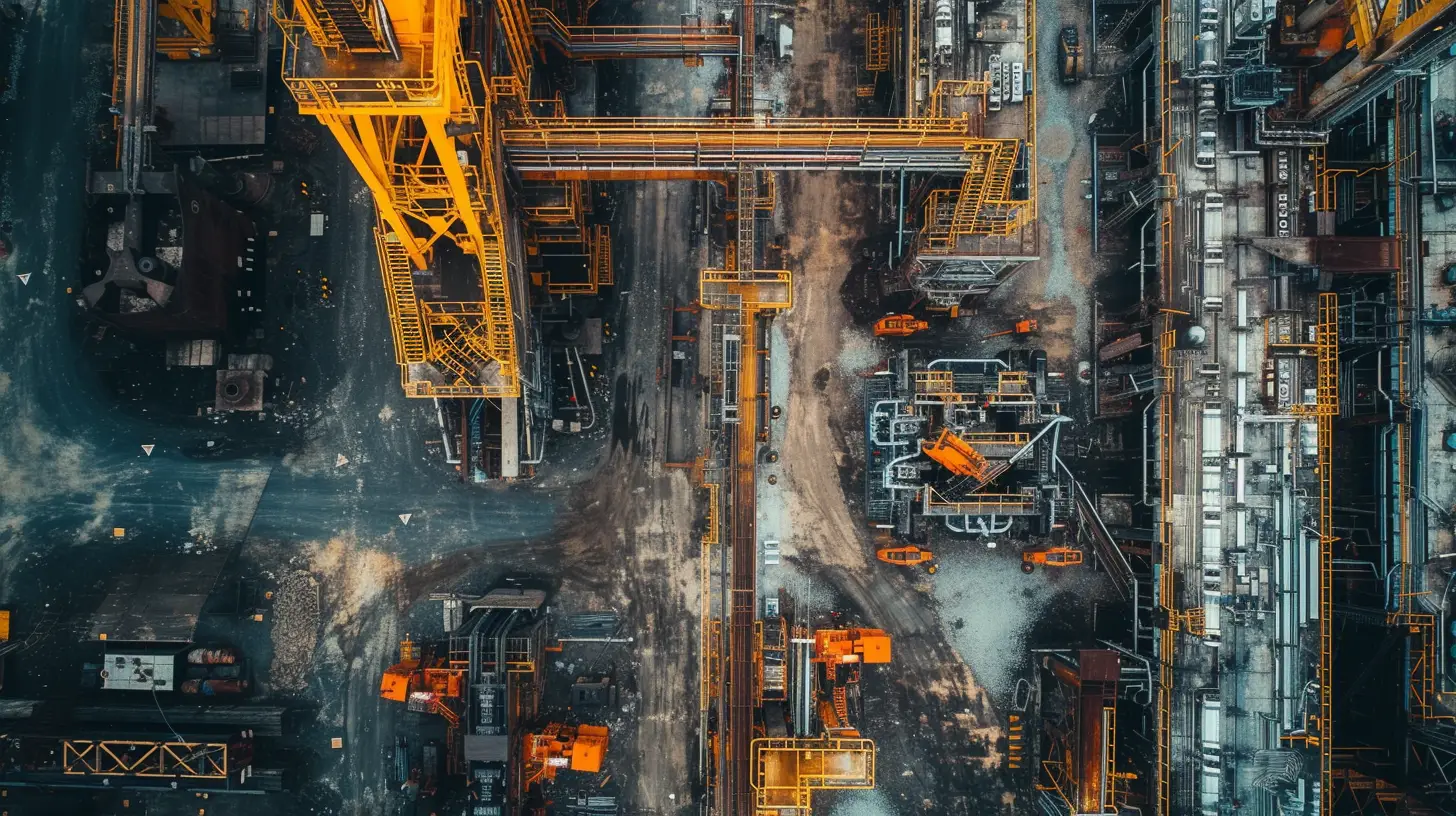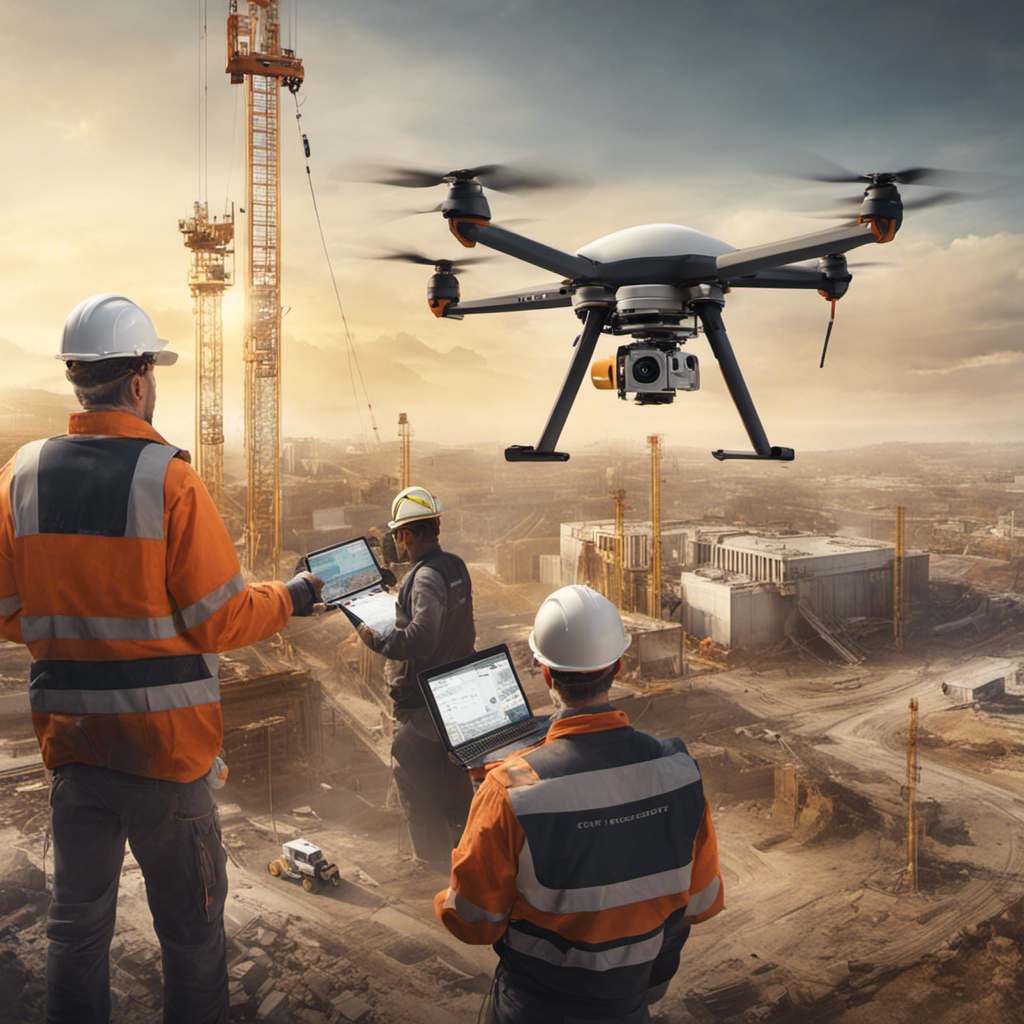So, you want to take your drone photography to the next level and capture stunning images that will leave everyone in awe? Well, you’re in luck! By following a few simple tips, you can elevate your aerial photography game and unleash your creativity.
Imagine soaring above a picturesque beach, capturing the golden rays of the setting sun, and transforming it into a breathtaking panorama. With the right techniques, you can achieve just that.
From shooting in RAW format to utilizing camera lens filters, there are various ways to enhance your drone photography skills.
So, grab your drone, strap in, and get ready to capture stunning shots that will set you free.
Key Takeaways
- Shooting in RAW format preserves all details and colors, allowing for adjustments without sacrificing image quality.
- Utilizing the thirds grid overlay helps create balanced compositions by placing subjects at intersecting points or along the lines.
- Sticking to a lower ISO setting avoids grain and noise, resulting in cleaner and more detailed drone images.
- Taking advantage of auto exposure bracketing allows for capturing images at different exposures, achieving optimal exposure in varying lighting conditions.
Shoot in RAW Format
To capture the best quality images, shoot your drone photography in RAW format.
RAW format is like the superhero of file formats for aerial images. It allows you to capture more data and dynamic range, giving you greater flexibility in post-processing. Unlike compressed JPEG files, RAW files contain uncompressed, lossless images, preserving all the details and colors. This means you can make adjustments without sacrificing image quality.
When flying a drone, it’s important to optimize your camera settings, and shooting in RAW format is a crucial step. Additionally, you can enhance your images even further by using neutral density filters to control the exposure and shutter speed.
Utilize Thirds Grid Overlay for Composition
When capturing stunning drone photography, it’s essential to utilize the thirds grid overlay on your drone’s camera for precise composition and framing.
The grid overlay divides your frame into nine equal sections, with two horizontal lines and two vertical lines intersecting at four points. Placing your subject at one of these intersecting points or along the lines can create a visually balanced and captivating composition.
This technique, known as the Rule of Thirds, is a fundamental principle in photography. By anchoring your subject in one of the four corners of the central rectangle created by the grid, you can create off-center compositions that are visually pleasing.
Additionally, using the grid overlay to position the horizon in your image can help balance the sky and landscape, resulting in more impactful compositions.
Stick to a Lower ISO
For stunning drone photography, stick to a lower ISO to avoid grain and noise. This is one of the most important drone photography tips to keep in mind.
When you fly your drone and use its camera, you want to capture images with high dynamic range and minimal noise. By reducing the chance of grain and noise in your photos, you can greatly improve your drone photography.
Lower ISO settings allow for cleaner and more detailed images, especially when combined with different exposures. This will give you more flexibility when editing your photos using software.
Take Advantage of Auto Exposure Bracketing
To enhance the visual impact of your drone photography, take advantage of the auto exposure bracketing (AEB) feature. AEB captures a series of images at different exposures, allowing you to achieve optimal exposure in varying lighting conditions. This feature is particularly beneficial for drone photography because it enables you to create high dynamic range (HDR) images by combining multiple exposures.
By using AEB, you can capture details in both shadow and highlight areas, resulting in stunning and well-balanced images. It’s important to make sure your camera has the AEB function and to spend some time familiarizing yourself with how it works.
Experiment With Camera Lens Filters
Try using different camera lens filters to enhance the colors, control light, and reduce reflections in your drone photography.
Lens filters are essential tools that can take your aerial shots to the next level. The right filter can make a world of difference in the quality of your photos and videos.
When flying your drone, it’s important to use the best lens filters for the job. Neutral density (ND) filters are ideal for capturing stunning aerial shots by controlling exposure in bright lighting conditions. They allow you to achieve the desired motion effects, such as motion blur or smooth water surfaces.
Polarizing filters, on the other hand, help reduce glare and reflections, resulting in more vibrant and vivid colors.
Experiment with different filter combinations to achieve unique visual effects and enhance the overall quality of your drone photography.
Frequently Asked Questions
How Can I Get Better at Drone Photography?
To improve your drone photography, focus on composition, lighting, and post-processing. Experiment with camera settings, angles, and filters. Scout unique locations and try framing techniques. Explore editing software for added creativity.
How Do You Make the Best Drone Shots?
To make the best drone shots, focus on composition tips like the Rule of Thirds. Experiment with lighting techniques and angles, utilize filters, and find unique perspectives. Master exposure settings, capture motion, and edit creatively. Keep exploring different camera settings and overcome common challenges.
What Are the Best Conditions for Drone Photography?
To capture stunning drone photography, you’ll want ideal lighting and optimal weather conditions. Find unique locations, use composition techniques, master exposure settings, and try different camera angles. Enhance colors and capture motion with filters and post-processing tips.
How Can I Improve the Quality of My Drone Camera?
To improve your drone camera quality, adjust camera settings like aperture, shutter speed, ISO, and white balance. Experiment with lens selection, lighting techniques, and post-processing. Explore composition techniques, advanced editing, and creative angles. Don’t forget drone maintenance and care!




